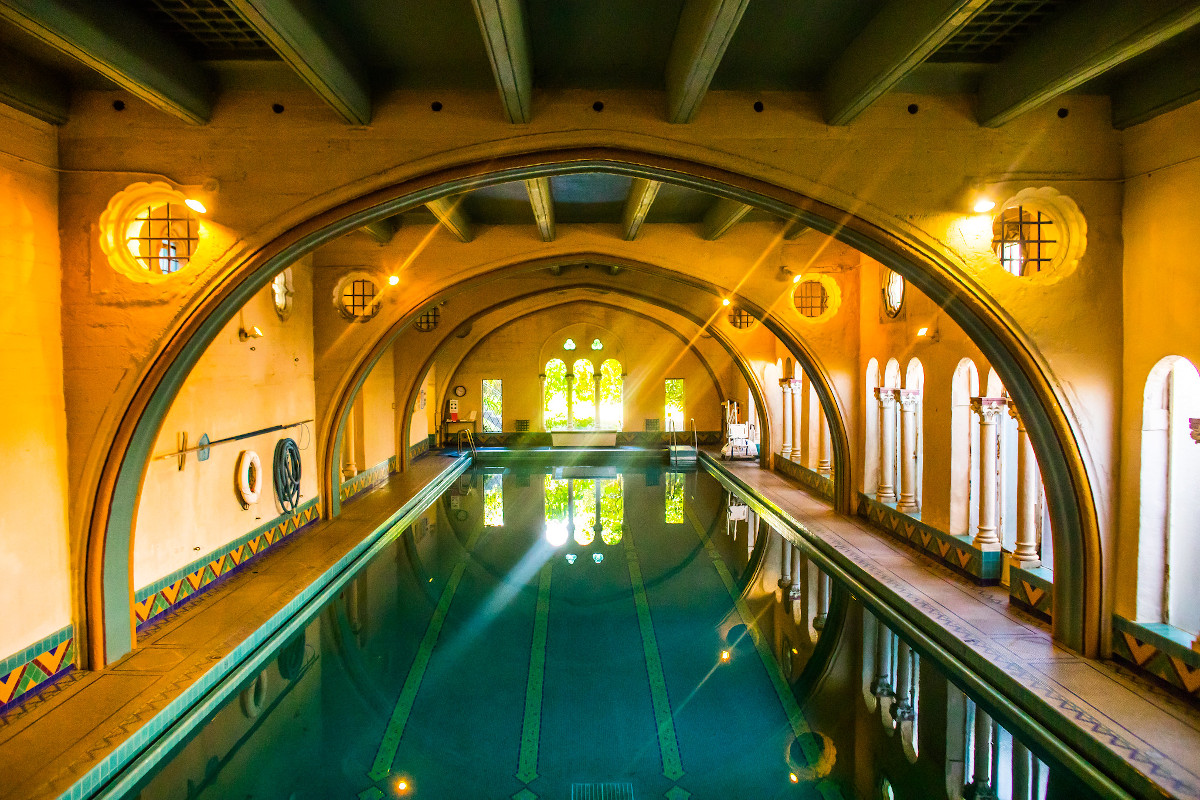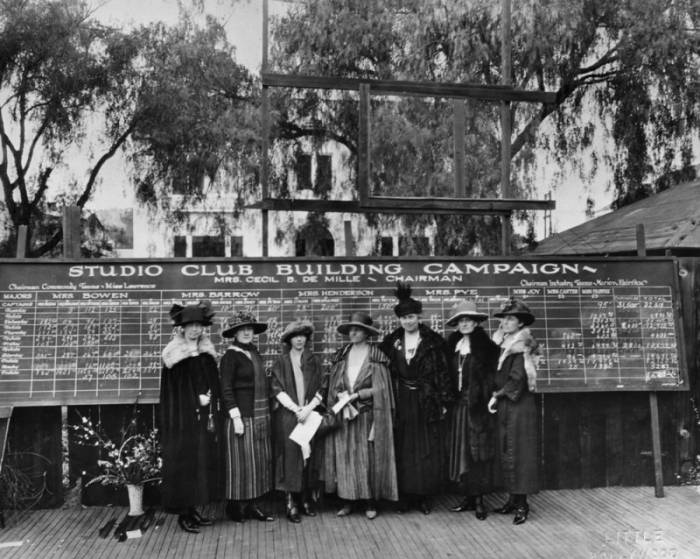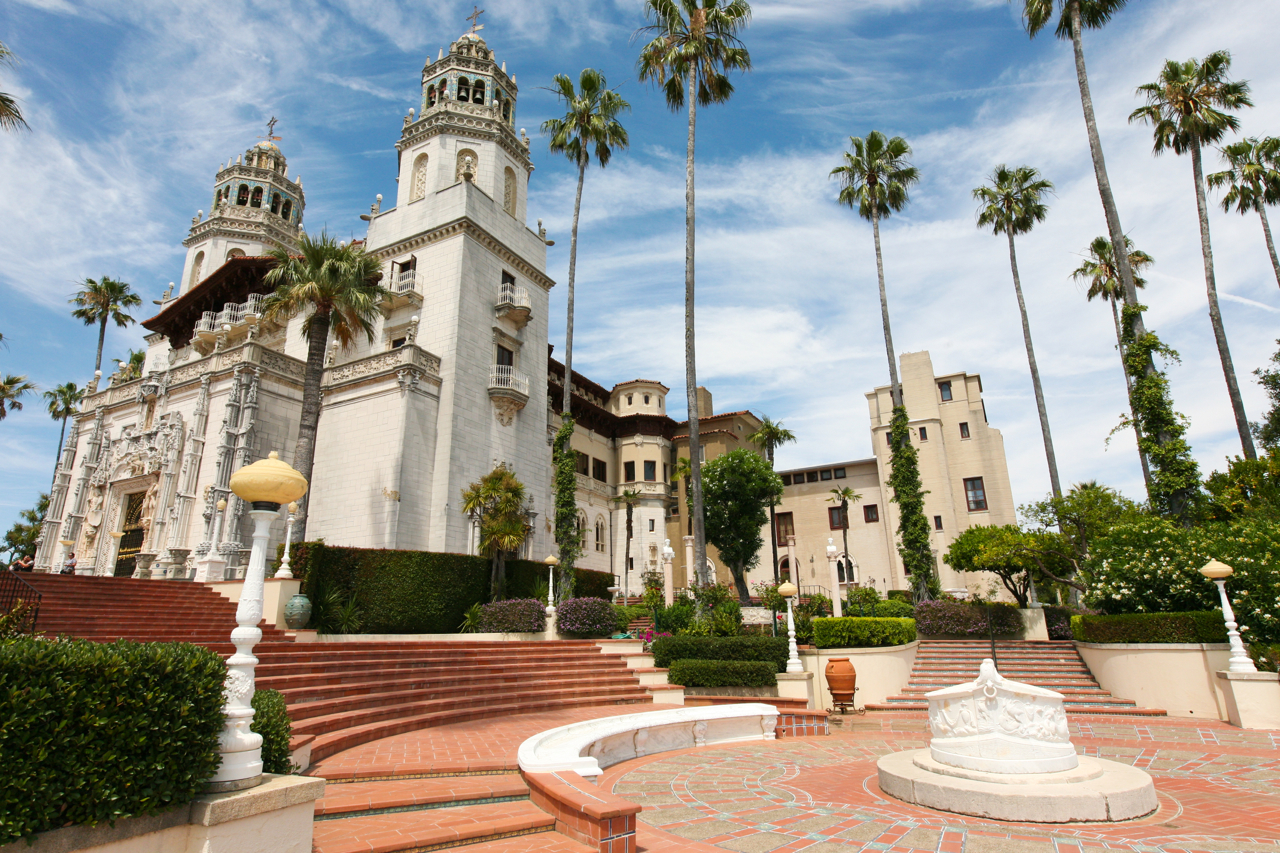
At precisely 05:12 on April 18, 1906, the city of San Francisco was struck by an earth-shattering earthquake. It may have only lasted a minute, but the 7.9 magnitude was felt across most of the region, wreaking havoc through the city. An estimated 3000+ people died, and hundreds of thousands were left without homes. Just a fifth of the city’s buildings were left standing.
And one of them stands out in particular: the bell tower at the women-only Mills College in Oakland. Standing tall without even a crack, the tower raised the profile of the ground-breaking architect who brought it to life: Julia Morgan.
By the spring of 1906, Morgan had already made her name in the construction world; she was the first woman to ever receive a State Architectural License in California. In the years that followed she forged links with the feminist struggle, and became known for the construction of a castle that made its mark on the history of San Francisco.
From Paris to San Francisco
Julia Morgan was born in 1872 in San Francisco, USA. Thanks to the high standing of her family—her grandfather was a wealthy cotton trader—she had the chance to further her studies, venturing as far as a whole new continent. After finishing her engineering studies at the University of California in Berkeley in 1896, she headed off to Europe to study architecture at the École des Beaux-Arts in Paris.
But no sooner had she arrived than she came up against two major hurdles: the college didn’t even allow women to enroll on the Architecture course, nor did they accept foreign students. So, Morgan learned French, doggedly attempting to enroll on the course for several consecutive years, until she was finally permitted to commence her studies. In 1902, she became the first woman to graduate in Architecture from the École des Beaux-Arts in Paris.
With her degree finally under her belt, she returned to the United States and obtained her architect’s license in the State of California. Racking up another accolade, Morgan became the first ever woman to be granted this status. She opened her own studio in the city, designing more than 700 buildings including homes, museums, hotels, schools, university buildings (like the Mills College bell tower that withstood the devastating earthquake of 1906), castles… and even a private zoo!

One of the castle swimming pools. Mike Hsieh (Unsplash)
Morgan’s success was magnetic, thanks to her striking ability to successfully blend styles—from colonial to Neo-Renaissance, via Beaux Arts—and involve her clients in projects. Nicknamed the “client’s architect”, she was known for her knack of knowing her clients well and truly understanding their needs and lifestyles, ensuring every construction was a hit.
The women’s architect
Another nickname Morgan earned during her 50-year career was “the women’s architect”, as a testament to her commitment to the feminist plight. In fact at least a third of her work was commissioned by organizations that, were, back then, fighting to change women’s role in society and expand access to female education.
“She designed dozens of cultural, social, and civic clubs for women; social, academic, residential, and recreational, buildings for college and university women and unmarried working women; primary schools, and orphanages for boys and girls; and hospitals, sanitariums, and nursing residences. And, between 1912 and 1930, she designed more than thirty buildings in at least seventeen locations for the YWCA, one of the nation’s largest and most, influential women’s organizations,” tells Karen McNeill in ‘California History, The Journal of the California Historical Society. ‘.
One of her most notable works of the era was the Berkeley Women’s City Club, known at the time as “Morgan’s little castle”. It is one of the most intriguing constructions the architect built for the women’s movement. It opened in 1930, and over the decades served as a meeting point for thousands of women, providing a stage for pioneering women’s voices to be heard, including aviator Amelia Earhart.

Indoor swimming pool at Berkeley Women’s City Club, known today as Berkeley City Club. Thomas Hawk (Flickr).
At the time, women’s organizations in San Francisco and the wider world were spearheading campaigns to fundraise for their activities as well as constructions such as the Berkeley Women’s City Club. Some projects lost Morgan money, but that didn’t stop her from accepting more.

A seven-strong group of women show the results of their fundraising campaign to construct a building designed by Julia Morgan. TESSA Digital Collections of the Los Angeles Public Library.
A castle for a magnate
In 1919, William Randolph Hearst commissioned Morgan to build a large house in San Francisco. This was a distinctly different project to any the architect had done so far: in those days, Hearst was already one of the most powerful people in the United States, backed by both a media empire and a strong political influence. He had recently inherited a ranch and wanted to transform it into something as excessive and enormous as the power he wielded.

Entrance to La Casa Grande, one of the Hearst Castle buildings. Wikimedia Commons.
Over 28 years, Morgan oversaw almost every aspect of what would come to be known as Hearst Castle. “Everything from Spanish antiquities to Icelandic moss to reindeer for the Castle’s zoo. She personally designed most of the structures, grounds, pools, animal shelters and workers’ camp down to the minutest detail”, explains the castle website.
The building boasts 165 rooms, almost 50 hectares of gardens, swimming pools and a vast art collection. In 1957, the Hearst Corporation donated the property to the state of California, and it’s now open to visitors. It’s also made its way onto the screen: scenes from Spartacus to ‘G.U.Y.’ by Lady Gaga have been filmed there.
Following an intense career over which she designed more than 700 buildings, Morgan retired at the age 79 in 1951. Half a century later, she was posthumously awarded the posthumous in 2014, the American Institute of Architects Gold Medal for her work and influence on architecture. As the only female recipient to date, it was yet another first for this trailblazing architect.





There are no comments yet